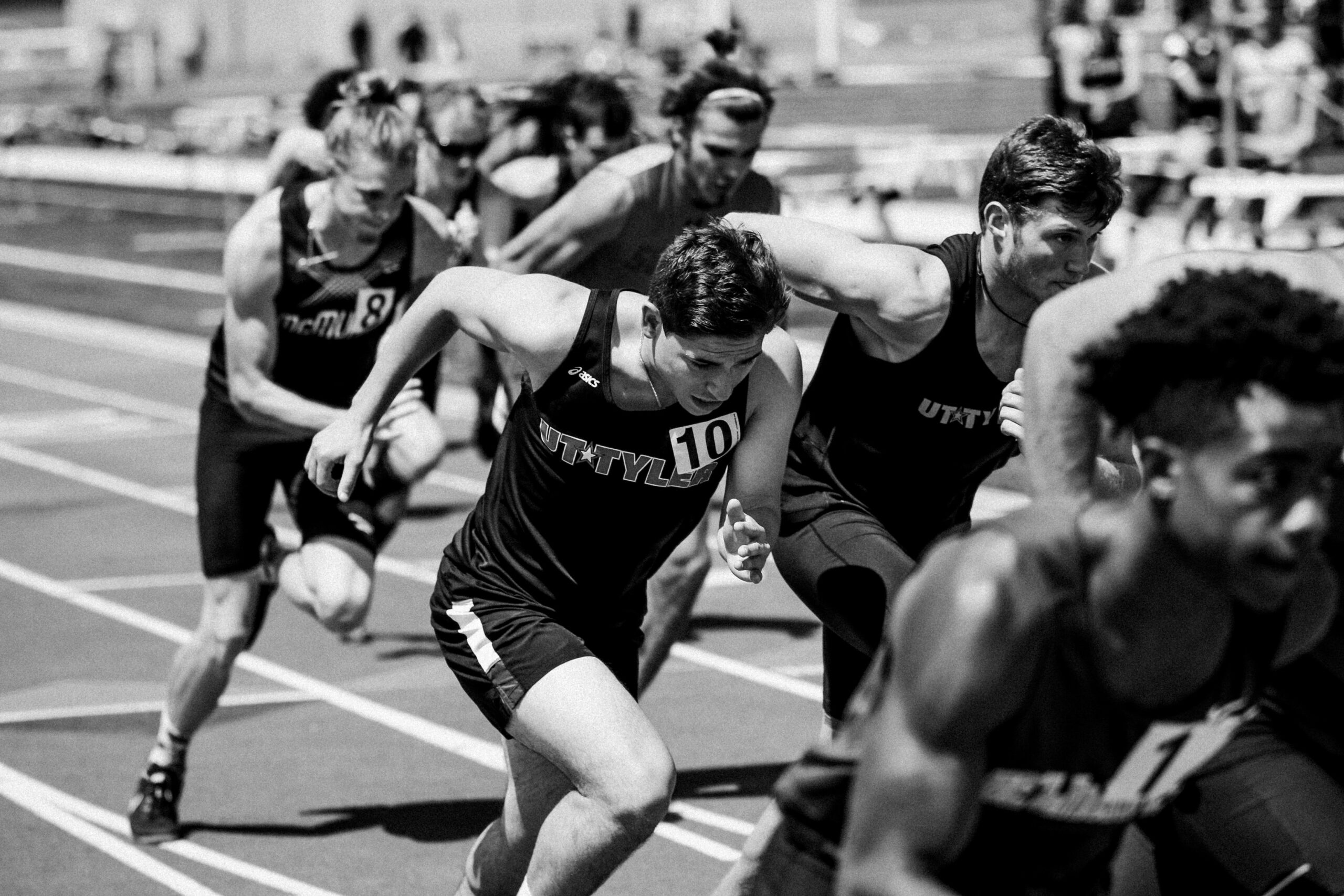In every name, image, and likeness (“NIL”) endorsement agreement, there are provisions that prohibit the use of team logos and designs and that ban the athlete from appearing in his or her team’s jersey or other identifying clothes. This may seem puzzling since the reason the athlete is being sought out for NIL endorsements is because the athlete is a star on his or her team. In theory, he or she would not be a star and popular without the team. So, naturally, he or she should appear in team apparel. However, as noted, NIL endorsement deals prohibit this, as do many state laws, sports league rules, and school regulations. The question is, why?
There are several reasons why. The most important is that team logos, designs, clothing, and other paraphernalia are separately OWNED by the TEAM (and/or the school) and are subject to separate legal protections such as trademarks, copyrights, etc. So, the athlete does not OWN the team logos, designs, clothes, etc., and has no right to use those logos, designs, etc. as part of his or her own promotions. Like the athlete can bar others from using his or her NIL, the team has the right to ban athletes from appearing in endorsements displaying those logos, designs, etc.
For a related reason, the prohibition on athletes using team logos, designs, etc., prevents freeloading by businesses and prevents those businesses from gaining more value from an NIL endorsement deal than they are paying for. In other words, athletes are being paid for NIL rights. Allowing athletes to appear with team trademarks gives a business more of a bargain than they paid for since the business did not pay for the right to use the team trademarks.
Third, teams generally have a monopoly on images involving the athlete wearing team trademarks. And the teams have NO incentives to let go of that monopoly. As part of being a member of the team, athletes generally must grant their NIL rights to the team. This gives the team the right to show the athlete in his or her school uniform along with team logos, designs, etc. This is an exclusive right that teams will not share since exclusivity enhances value. Altogether, the combination of athlete and team trademarks is very valuable for broadcast, cable, and streaming rights.
Finally, there is an administrative reason to prohibit athletes from using team logos, designs, etc.: compliance and enforcement costs would be too high. A large university with a popular team might have, over a year, 300 or more NIL agreements signed between various businesses and athletes. Any use of a team trademark must be monitored and policed for violations of restrictions. Without policing, the legal statute of a trademark can become endangered. As one can imagine, allowing athletes to use team trademarks in their own endorsement agreements would be an immense enforcement and compliance burden on staff and administration. There is no reason to undertake – and many reasons to avoid – that burden.
Contact the NIL Rights and Esports Attorneys at Revision Legal
For more information, contact the experienced NIL and Esports Lawyers at Revision Legal. You can contact us through the form on this page or call (855) 473-8474.




